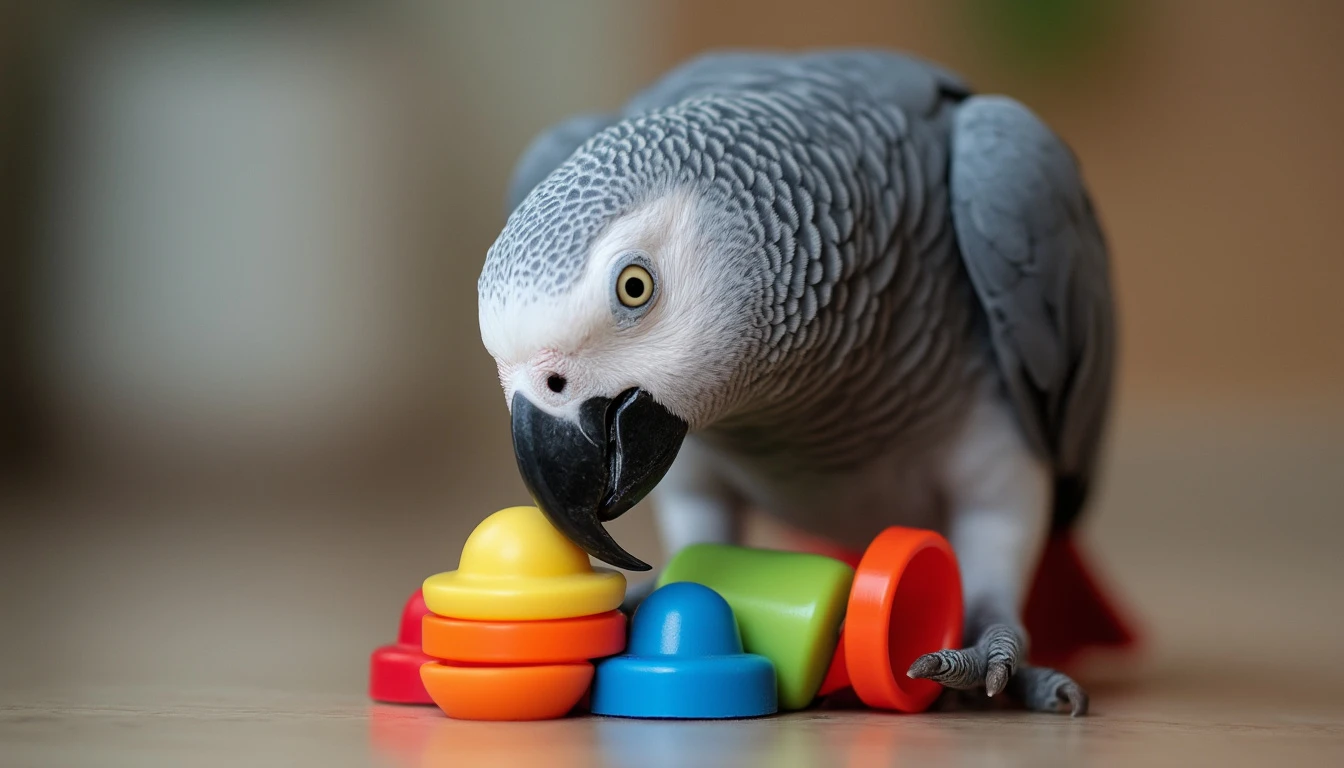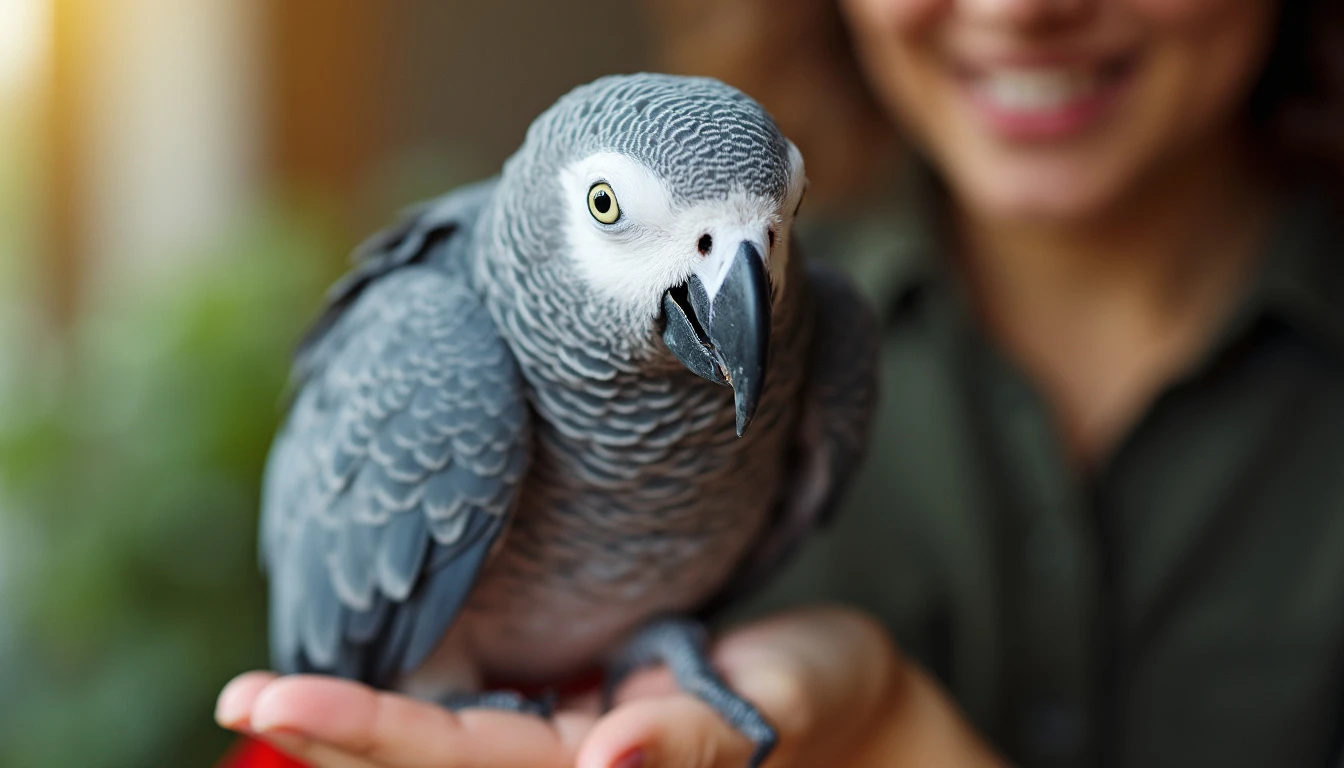African grey parrots are renowned for their remarkable intelligence and ability to mimic human speech, making them one of the most sought-after pet birds. However, their intelligence also means they require proper training to thrive as companions. Understanding how to train African grey parrots effectively is essential for building a strong bond and ensuring a happy, well-adjusted bird. This guide will delve into the intricacies of training African greys, covering methods, tips, and key considerations for success.
Understanding African Grey Parrots
The Intelligence of African Greys
African grey parrots (Psittacus erithacus) are often regarded as one of the most intelligent bird species. Research shows that they possess cognitive abilities comparable to a 5- to 7-year-old child. Their intelligence manifests in various ways:
- Mimicry: They can mimic not only words but also sounds and phrases in context.
- Problem-Solving: African greys can solve puzzles and understand complex tasks.
- Social Intelligence: They are highly social animals, thriving on interaction with their human companions.
Personality Traits
African greys are known for their curious and playful nature. They are often described as:
- Affectionate: They bond closely with their owners and enjoy physical contact.
- Sensitive: They can be easily stressed or frightened, making positive reinforcement training crucial.
- Playful: They require mental stimulation and enjoy engaging activities.
Preparing for Training

Creating a Positive Environment
Before diving into training, it’s essential to set up a conducive environment. Here are some key factors:
- Quiet Space: Choose a calm area free from distractions where you can focus on training.
- Time of Day: Train when your parrot is most alert and receptive, typically in the morning or late afternoon.
- Comfort: Ensure your African grey is comfortable and familiar with its surroundings. A stressed bird will be less likely to engage in training.
Tools for Training
Having the right tools can make training easier and more effective:
- Treats: Use high-value treats like sunflower seeds, nuts, or fruit pieces as rewards.
- Clicker: A clicker can help mark desired behaviors immediately, making training clearer for your bird.
- Toys: Interactive toys can be used to encourage play and learning during training sessions.
How to Train African Grey Parrots
1. Establishing Trust and Bonding
Before you start training specific commands, it’s vital to build a trusting relationship with your African grey. Here’s how:
- Spend Time Together: Engage in regular interaction, talking and playing with your parrot.
- Observe Body Language: Pay attention to your bird’s body language to understand its comfort levels.
- Gentle Handling: Gradually acclimate your bird to being handled, using treats to encourage positive associations.
2. Using Positive Reinforcement
Positive reinforcement is the most effective training method for African grey parrots. Here’s how to implement it:
- Reward Immediately: Offer a treat or praise immediately after your bird performs the desired behavior to reinforce the action.
- Be Consistent: Use the same command and reward system every time to avoid confusion.
- Short Sessions: Keep training sessions short (5-10 minutes) to prevent fatigue and frustration.
3. Teaching Basic Commands
Start with simple commands to lay the foundation for more complex training:
Step 1: “Step Up”
This command is essential for safe handling.
- How to Train:
- Hold a treat close to your bird while gently pushing your finger against its belly.
- When your bird steps up onto your finger, reward it immediately.
- Repeat this process until your bird consistently steps up.
Step 2: “Come Here”
Teaching your African grey to come to you enhances bonding and safety.
- How to Train:
- Use a clear command like “come here” while holding a treat.
- Step back a few paces to encourage your bird to come to you.
- Reward it when it reaches you, reinforcing the behavior.
4. Advanced Training Techniques
Once your bird has mastered basic commands, you can introduce more complex behaviors:
- Talking: Use repetition and association. Speak clearly and consistently, repeating phrases you want your bird to learn.
- Tricks: Teach tricks like rolling over or playing dead using a combination of treats, patience, and positive reinforcement.
5. Addressing Behavioral Issues
Training is also about addressing unwanted behaviors. Here are some common issues and how to handle them:
- Screaming: If your bird screams for attention, ignore the behavior until it calms down, then reward quietness.
- Biting: If your bird bites, do not react harshly. Instead, calmly put it back in its cage and give it time to cool down.
Case Study
A study by the Association of Avian Veterinarians found that African grey parrots trained using positive reinforcement exhibited significantly fewer behavioral issues, including screaming and biting, compared to those trained with aversive methods. This reinforces the importance of a gentle approach in training.
Conclusion
Training your African grey parrot can be a rewarding and enriching experience for both you and your bird. By understanding their unique intelligence and social needs, you can implement effective training strategies that foster a strong bond and a well-behaved companion. Remember to focus on trust, use positive reinforcement, and keep training sessions engaging and fun. With patience and consistency, you can enjoy a harmonious relationship with your African grey.
Ready to start training your African grey parrot? Gather your training tools and set aside some time each day to bond with your feathered friend. Share your training experiences and any questions in the comments below!
Additional Resources
- African Grey Parrot Care for comprehensive care guidelines.
